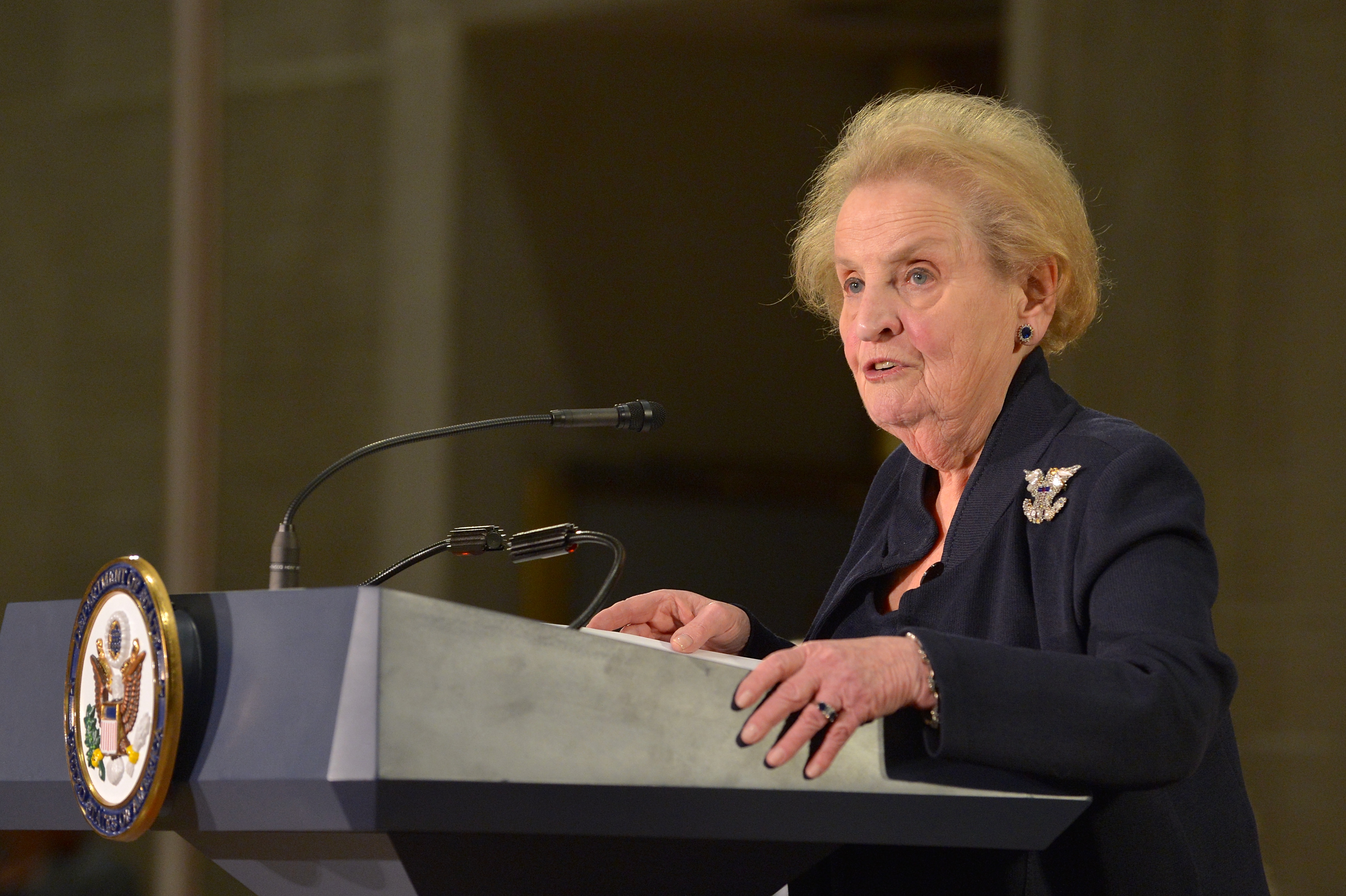The United States government has recognized the Armenian Genocide multiple times in the past. In an official document submitted by the US government to the World Court in 1951, the Armenian Genocide was acknowledged for the first time as an example of genocide. The House of Representatives adopted two resolutions in 1975 and 1984, acknowledging the Armenian Genocide. Furthermore, Pres. Ronald Reagan issued a Presidential Proclamation on April 22, 1981 referencing the Armenian Genocide.
Nevertheless, recent US Administrations have made repeated attempts to block the acknowledgement of the Armenian Genocide by the US Congress and successive US Presidents have avoided using the term genocide in their April 24 commemorative statements.
For example, the Reagan administration, after Pres. Reagan issued a Presidential Proclamation in 1981 acknowledging the Armenian Genocide, opposed Congressional resolutions recognizing the Armenian Genocide.
The George H. W. Bush administration opposed Senate Majority Leader Bob Dole’s efforts to have the US Senate recognize the Armenian Genocide Resolution in 1990.
The Clinton administration blocked the passage of the Armenian Genocide Resolution in 2000, moments before the House was to vote on it.
The George W. Bush administration objected to the adoption of the Armenian Genocide Resolution by the House of Representatives in 2007.
The Obama administration opposed the Armenian Genocide Resolution in 2010, preventing it from reaching a full House vote.
An unclassified “Secret” State Department document, dated October 2, 2000, discloses the length to which the US government went to block the passage of House Resolution 596 in the year 2000, while Bill Clinton was President and Madeleine Albright was Secretary of State. Resolution 596 was approved by the House International Relations Committee on 24 yes, 11 no and two present votes on October 3, 2000, but not put to a vote in the House of Representatives.
The “Secret” document contains two letters: the first from Secretary of State Albright to Foreign Minister of Armenia Vartan Oskanian and Turkish Foreign Minister Ismail Ipekci; the second letter is from Tom Pickering, Under Secretary of State for Political Affairs, to Dick Solomon, President of the US Institute of Peace. In an introductory note, Steven Sestanovich, Special Adviser to the Secretary of State for the new independent states of the former Soviet Union, tells US Ambassador to Armenia Michael Lemmon that both Pickering and Solomon “are obviously part of the deal we are trying to put in place to head off the Genocide Resolution. I discussed them today with VO [Foreign Minister Vartan Oskanian] and Van Krikorian [Co-Chair of the Armenian Assembly of America] did the same. VO was positively disposed but said he could not speak for RK [Pres. Robert Kocharyan], who had already gone home sick. VO will speak with him tomorrow and get his reaction….”

In the second letter, Under Secretary of State Pickering wrote to Solomon, President of the US Institute of Peace, an independent institution founded by Congress: “…Recently, the Congress has been deliberating a resolution, HR 596 on ‘Commemoration of the Armenian Genocide.’ As you know, the Administration has opposed this resolution, but we firmly believe that a Truth and Reconciliation process on this subject is needed…. The Secretary [of State] has asked me to write to propose that the US Institute of Peace begin developing ideas for such a Truth and Reconciliation process with the goal of launching it in the near future…As a first step, we hope you will consider convening a group of credible and recognized Turks, Armenians and others. These should include the representatives of public groups, scholars, archivists, government or former government officials and others. Our hope is that an initial meeting could be held as early as December in Washington, D.C. This initial planning group would review the historical and political contexts and generate a consensus on the scope and timetable of subsequent activities, including creation of a commission to prepare a report.”
The initiative proposed by the Department of State was finally launched in July 2001 when the “Turkish Armenian Reconciliation Commission” (TARC) was founded with the participation of six Turks and four Armenians which included Van Krikorian from the Armenian Assembly of America, Antranik Migranian from Moscow and two Armenian foreign ministry officials.
In the months succeeding the formation of TARC, I wrote several editorials opposing it because it was clear that TARC was a ploy by the State Department to block the proposed congressional resolution to recognize the Armenian Genocide. Even without the knowledge of the “Secret” document disclosed in this article, most observers suspected that TARC was created and funded by the State Department in conjunction with the Turkish government to undermine the pursuit of the Armenian Cause.
Unfortunately, certain Armenian groups and individuals were deceived by this American-Turkish ploy which was naively supported by the Armenian Foreign Ministry. It took a considerable effort on the part of many Diaspora Armenians to convince the Armenian government to drop its support of TARC.
Armenians need to remain vigilant not to fall in the trap of those who pursue their own interests at the expense of the Armenian nation!


History cannot be hidden or rewritten.
The Armenian Genocide is a widely documented fact supported by historical evidences. The facts are undeniable.
There is no Armenian home with out stories of genocide …
That is enough to say …